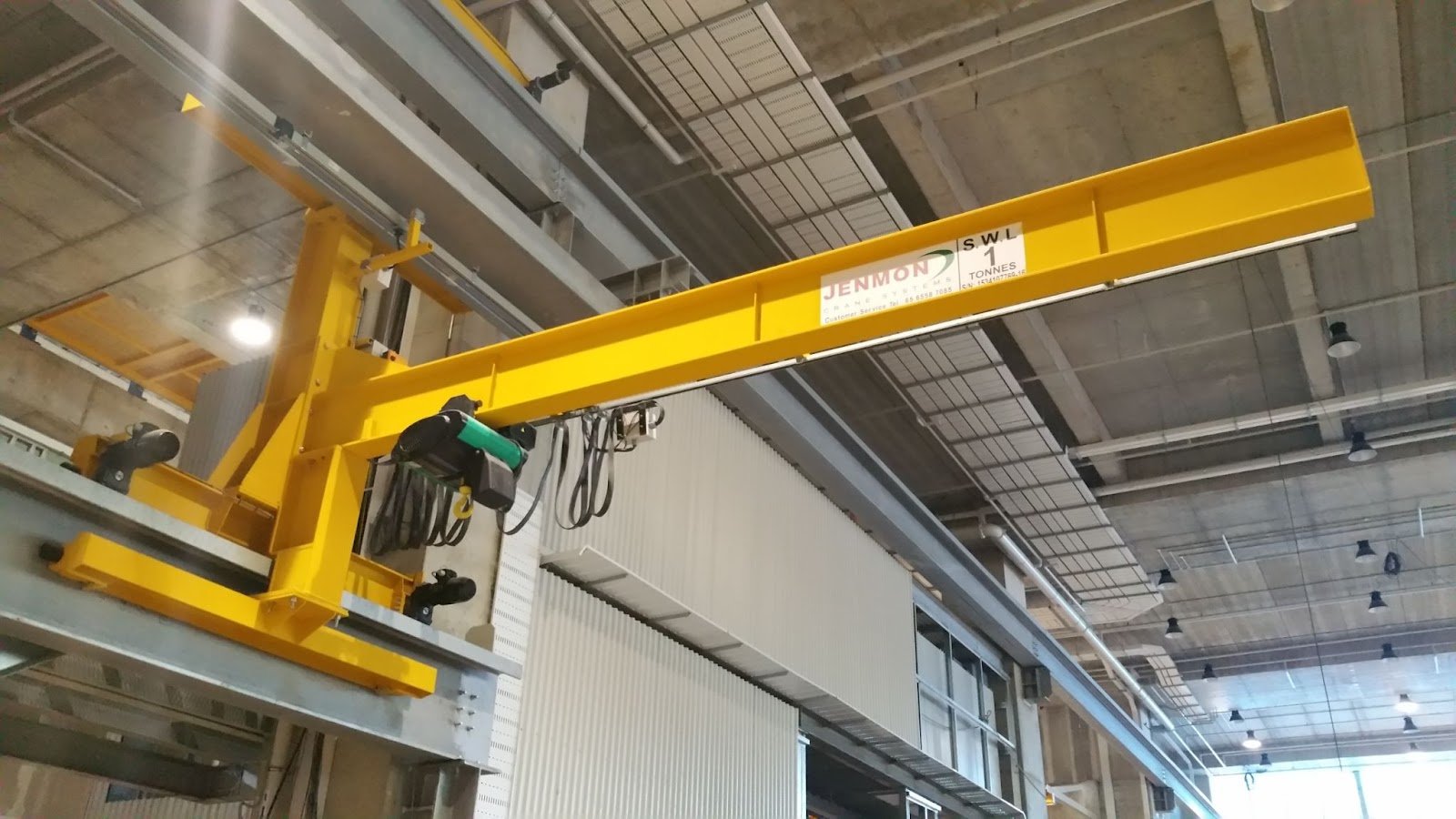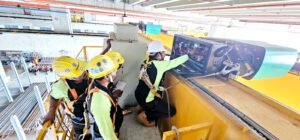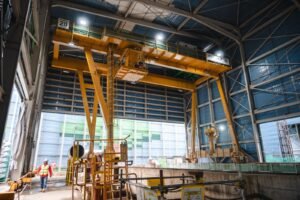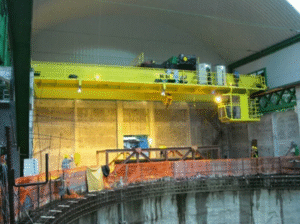Uncategorized
What Is a Jib Crane? A Simple Guide for First-Time Buyers
Does your workplace need an intelligent lifting technology that matches its operational requirements? A jib crane may provide the specific solution you need. Jib cranes function as adjustable lifting systems which transport heavy materials in workshop spaces, warehouse facilities, and factory environments. The main concern for buyers should be understanding product operation principles and choosing equipment that meets their specifications.
The guide explains all crucial information about jib cranes. Here, you will learn information about multiple crane types and fundamental criteria that must be considered when purchasing. Below, you’ll learn how these efficient machines improve both the safety and operational efficiency of your material handling operations.
Understanding Jib Cranes
A jib crane is a lifting device with a horizontal arm (jib) attached to a vertical column or wall. It includes a hoist that moves along the arm to lift objects. The main parts include the supporting column, the projecting jib arm, the mounting system, and the lifting mechanism.
These cranes work through a slewing motion – the arm pivots horizontally while the hoist moves items up and down. You control both movements to position loads precisely where you need them. This combination of vertical lifting and horizontal rotation makes jib cranes incredibly efficient for moving materials within a fixed work area.
Common Applications and Industries
You’ll find jib cranes in machine shops, assembly lines, loading docks, and maintenance facilities. They excel in manufacturing for moving heavy components between workstations. Marine industries use them for dock loading, while warehouses rely on them for material handling. This equipment excels in restricted areas where larger crane models cannot operate effectively.
Benefits of Using a Jib Crane
Jib cranes boost your productivity by reducing manual lifting and preventing workplace injuries. You can install them quickly without major facility modifications. Many models offer customisation options to match your specific needs, from load capacity to arm length.
You’ll appreciate their economic advantages too – jib cranes cost less than overhead bridge cranes while providing excellent value. Their compact footprint works well in small workspaces, and you can choose models depending on your requirements.
Key Features to Look Out For
- Lifting capacity – Ensure it handles your heaviest loads
- Outreach distance – How far the arm extends from the column
- Rotation range – From 180° to full 360° coverage
- Power options – Manual, pneumatic, or electric operation
- Mounting style – Wall, column, or floor-mounted versions
- Brake systems – For secure load holding
- Articulation capabilities – For navigating around obstacles
- Construction quality – Steel grade and finish for durability
- Control systems – Pendant controls or remote operation
- Maintenance requirements – Lubrication points and service access
Jib Cranes from Jenmon

Wall-mounted Jib Crane
These cranes attach directly to walls or support posts, offering a 180° working arc. You can reach up to 7m with these space-saving units, making them perfect when floor space is limited.
Pillar-mounted Jib Crane
Secured to the floor with a sturdy column, these standalone units rotate partially or fully to cover up to a 360° work area. With a reach extending to 7m, they operate independently from building structures and provide maximum flexibility.
Double arm Pillar-mounted Jib Crane
This specialised design offers partial rotation up to 270° and features arms extending up to 7m on both sides of the central pillar. The articulated version handles loads from 50kg to 1,000kg over a 5 to 2m span, allowing almost complete circular coverage with minimal dead space and the ability to work around obstacles.
Wall-mounted Travelling Jib Crane
Combining wall mounting with horizontal travel capability, these units provide 180° rotation while moving along wall-mounted tracks. This design gives you the flexibility to reposition the entire crane as needed along a fixed path.
Final Thoughts
The selection of an appropriate jib crane determines how you manage your materials operationally. You have now gained knowledge about different mounting types and arm configurations and essential specifications that suit your individual requirements. The ideal jib crane depends entirely on how your workspace is designed, as well as the kinds of loads you work with and your operational restrictions. Every industrial/business operation faces unique challenges, and jib cranes exist in various configurations to accommodate wall-mount, freestanding or articulating arm positions that allow obstacle navigation.
Your investment in proper equipment enables both facility safety and reduces worker injuries, together with major productivity improvement. The perfect jib crane installation will simplify your material handling operations to increase both speed and efficiency.
Need expert guidance on selecting the ideal jib crane for your facility? Contact Jenmon today for personalised recommendations tailored to your specific requirements. Our team can help you find the perfect solution for your space and lifting needs.




